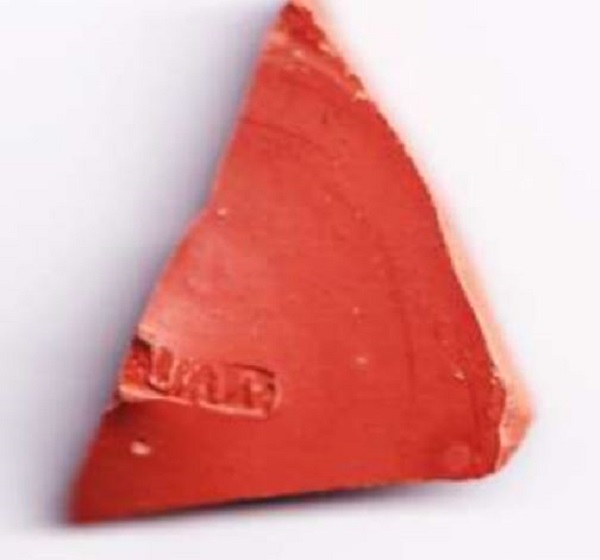AN archaeological dig at a building site in Chipping Sodbury has uncovered a fascinating glimpse of life in Roman times.
The late Iron Age and early Roman settlement, with roundhouses, lay under a field earmarked for a development of 90 homes on land west of Trinity Lane, near Chipping Sodbury Golf Club.
Developer Cotswold Homes was granted planing permission last summer, more than two years after first applying for permission.
As part of the process an archaeological survey was required, and a team from Cotswold Archaeology moved onto the site in May last year, excavating 30 trenches.
The archaeologists have submitted a report on their findings which has been published on South Gloucestershire Council’s planning website.
The dig revealed evidence for a Roman rural settlement including “ditched enclosures, a possible droveway, and various pits, postholes and other features”.
The archaeologists also found coins, pottery, brooches and the remains of three very young children.
They said the pottery recovered, and analysis of the ditches and soil, showed the settlement likely lasted from the 1st or 2nd century to the 3rd to 4th, growing over time but a “low-status rural settlement”.
The finds included 18 Roman bronze coins, struck between the 1st and 3rd centuries – coins with the heads of Nero, Hadrian and Valentinian I were among those found, minted across the empire in what is now France, Croatia and Greece.
A total of 42 other metal items and fragments were found, including nails and six brooches.
A pottery sherd (above) decorated with a small warrior, anchors, the back leg of a panther and leaves was among those found, as was a fragment with the letters RIAM on it (below).

Piece of Gaulish pottery from the 2nd century. Picture: Cotswold Archaeology
Both are believed to have been fired in the Roman province of Gaul, now France.
Three infant bodies were found, two of them babies who died at or around birth and the third a child who died aged between a year and 18 months.
Evidence showed the child was likely to have been “ill for a long period before their death”.
They said: “The results from the investigations at Land west of Trinity Road, Chipping Sodbury are of regional significance and merit publication as the site can contribute to our understanding of the nature and development of rural settlements in Gloucestershire during the Roman period.
“The excavation identified several phases of Roman occupation, originating in the Late Iron Age to 1st century AD.
“The provisional phasing of the features suggests that a relatively small unenclosed settlement of this period was replaced by a more substantial settlement in the Early Roman period, with at least six roundhouses and associated discrete features, some of which may have been located within a small enclosure.
“Later Roman activity appeared to be less domestic in nature and may suggest the site occupied the periphery of a settlement where the field boundaries contained areas for animal husbandry and for grazing.”
Cotswold Archaeology plans to publish a full excavation report on its website.
A spokesperson for Cotswold Homes said, “It’s fascinating to hear stories of the history of Chipping Sodbury. We look forward to reading Cotswold Archaeology’s analysis in the future.”
The report to the council can be seen on the council’s planning website by searching for item DOC23/00316.
Top picture: A piece of pottery from 100-120AD, including a rendition of a warrior found at Chipping Sodbury. Photo by Cotswold Archaeology.


